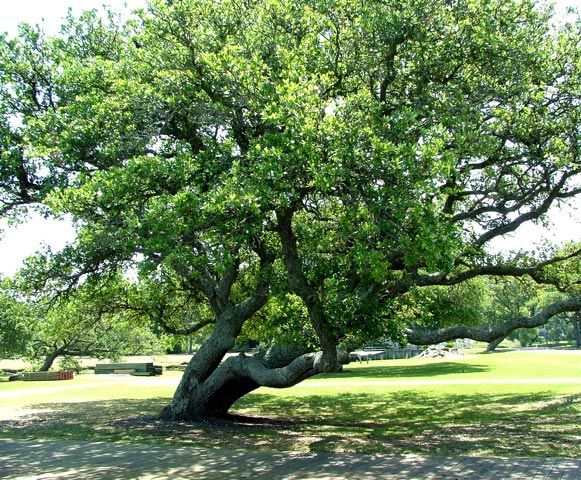
Acorn-fed: the passion fruit of Iberian ham
Iberian acorn-fed ham is one of the star products of Spanish gastronomy, made from Iberian breed pigs that inhabit an exclusive ecosystem of the Iberian Peninsula, known as "dehesa".
Iberian pigs graze freely in these dehesas, consuming wild herbs, fallen acorns from trees, and whatever they come across. It's precisely the acorn that imparts the ham with oleic acid and antioxidants, preventing cardiovascular diseases and lowering cholesterol levels.
What types of acorns are there?
The most common acorn comes from the holm oak. It's green when young, gradually turning its characteristic brown hue as it matures in October and November. This is when its smooth cap (covering about a third of its body) falls from the tree, marking the beginning of the montanera season.
Other types of trees within the same family produce different acorns. The cork oak acorn is small and bitter, not fit for human consumption but appreciated by the pigs. However, they prefer a sweeter acorn like that of the oak tree, which has a velvety appearance and is the first to fall along with the chestnut oak, characterized by being thicker and rounded with a dome of flat, hairy scales.
Less common types of acorns include those from the gall oak, considered of lower quality as they are green and less favored by the pigs, and those from the kermes oak, notable for their elongated shape and bitter taste.
Time, a determining factor!
Climate plays a fundamental role. Climatic variations influence the production and characteristics of acorns. Therefore, each batch of hams is different depending on the year and the area where the pigs grazed, as the abundance of wind and rain accelerates acorn ripening. Weather conditions have the ability to advance or delay the montanera season.
As mentioned earlier, a mature fallen acorn is not the same as a green, dried one. Pigs are also connoisseurs, and they clearly prefer ripe acorns over green ones, although in the end, they eat everything they find, leaving nothing on the plate or in the pasture.
Some countries like China have attempted to replicate this incomparable-tasting ham without success. They managed to export the pig and follow the same curing process, but transporting the dehesa and the unique diet it offers is impossible.







